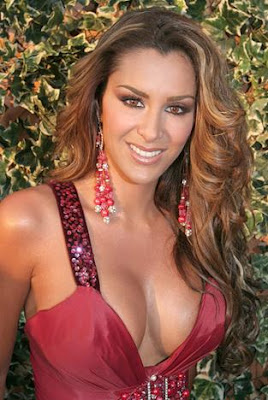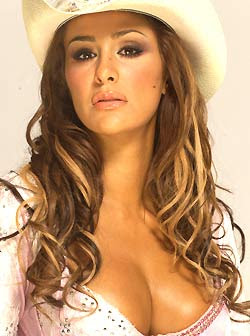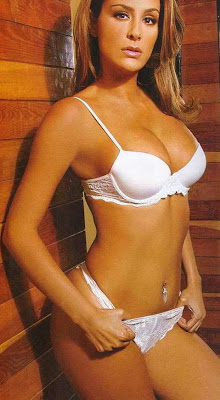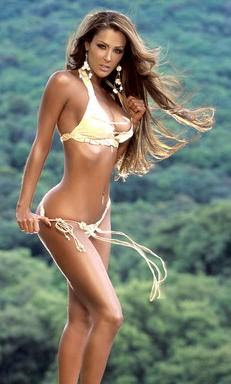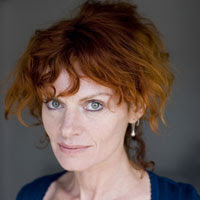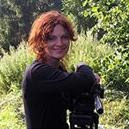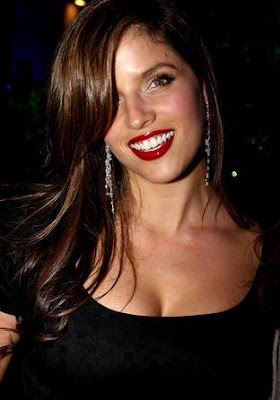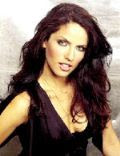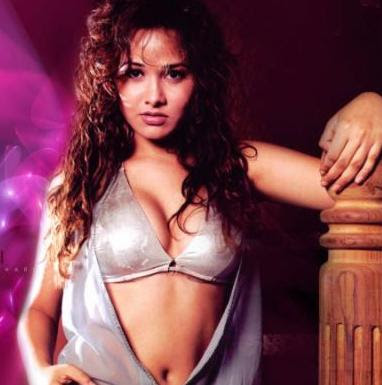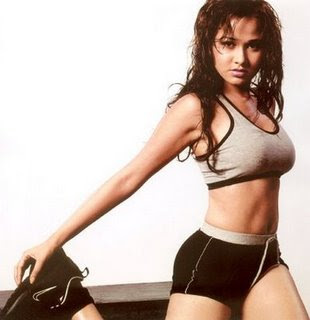


Top row: Doris Day, Elizabeth Taylor, Sophia Loren; Middle row: Shelley Fabares, Audrey Hepburn, Sandra Dee; Bottom row: Marilyn Monroe, Leslie Caron, Brigitte Bardot

...MAMIE!!!
Yes, those fabulous frocks were designed by Arnold Scaasi for Mrs. Eisenhower. Just as Jacqueline Kennedy would epitomize the sleek sophistication of the early 1960's, Mamie Eisenhower was the walking embodiment of the affluent, upwardly mobile, conspicuously consumptive, yet decidedly middlebrow 1950's: the kind of woman who would want a mink coat and a Scaasi dress as status symbols, but who also clipped coupons, served tuna noodle casserole, and cast a suspicious, disapproving eye on the burgeoning social upheaval around the corner. It's a forgotten fact today, but during her husband's administration, Mamie was something of a fashion icon, idolized as the ultimate 1950's housewife: she was named to several best-dressed lists; purchased gowns from such high-end designers as Scaasi; and her 1953 Inaugural Ball gown (by Nettie Rosenstein) caused a sensation.

Interestingly, at the same time that Mrs. Eisenhower was patronizing Scaasi, so was her successor. A long-sleeved ruby dinner gown with a scalloped neckline from Scaasi's 1959 collection caught the eye of Senator Kennedy's beautiful young wife while she was shopping at Bergdorf Goodman, and later made for a striking portrait. The mouth waters at the thought of a dressing room confrontation between Mamie and Jackie, a la The Women, or better yet, a run-in at the ladies' lounge, as in Valley of the Dolls! Disparaging what she perceived as Mrs. Eisenhower's stuffy style, Jackie later wrote in a letter to her fashion mentor, Diana Vreeland, as her husband was on the presidential campaign trail, that she needed "my own little Mollie Parnis," a wicked swipe at the soon-to-be-departing First Lady's personal designer. Mrs. Kennedy also got in a pointed dig at Mamie's iconic inaugural gown; Jackie's would be "in perfect taste -- so simple and beautiful -- not lots of Nettie Rosenstein pailettes."
She and her Scaasi: Jacqueline Kennedy, 1959
Comparisons, of course, are odious; and there couldn't be two more dissimilar women. Jackie Kennedy's soon-to-be-revered style had its strongest influence from the Parisian haute couture, while Mamie Eisenhower's style was squarely rooted in middle America; and, as such, perhaps the choice of Arnold Scaasi for some of her most important gowns was not so surprising, after all. For, although his training and background was in haute couture (in Paris at the House of Paquin, and in New York with the legendary Charles James), Scaasi's trademark exuberance, opulence and more-is-more aesthetic was completely in-sync with the bigger-is-better zeitgeist of the All American Fifties. Witness his 1959 silk damask gown for Mrs. Eisenhower, specially created for a dinner with Soviet premier Nikita Krushchev; Scaasi reputedly recommended gold to be worn in order to symbolize the United States' wealth and power.

Mrs. Eisenhower purchased several gowns by Scaasi in 1959 and 1960; their bouffant- and bubble-skirted lavishness are in direct contrast to the slim shifts and sheaths that Jackie Kennedy (who preferred her bouffants and bubbles on her head) would be photographed in, courtesy of Oleg Cassini (with a little help from Givenchy). But they typify an era, as witnessed by the catalogue of starlets you SSUWAT-ers named as possible answers. Marilyn Monroe, Audrey Hepburn and Sandra Dee couldn't be more disparate "types," but they all are forever etched in amber as icons of the 1950's. So is Mamie Eisenhower, and the dresses Arnold Scaasi designed for her are masterpieces of time capsule fashion.

Mrs. Eisenhower in a full length version of the floral dress featured in our original post
For more fascinating reading about Scaasi and his fabulous coterie of clients, we heartily recommend Scaasi: American Couturier by Pamela A. Parmal, "with contributions by William DeGregorio" -- SSUWAT's longtime friend and supporter, Billy D! It's a delicious companion piece to the current exhibition of Scaasi's work at the Museum of Fine Arts in Boston, where Billy was Textile and Fashion Arts Department Assistant -- an exhibit we dearly hope to visit in person before it closes on June 11, 2011. Besides being a fine read and a visual treat, imagine our delight to find a hidden SSUWAT reference in one of the book's captions, courtesy of Mr. DeGregorio -- all the more reason for each and every one of you to run out and buy a copy!





























